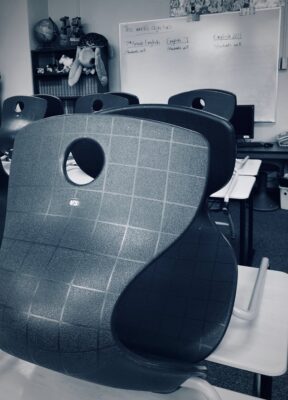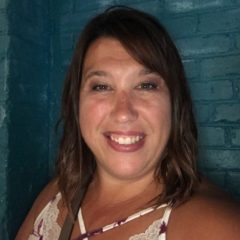On the OSPI website, I found this statement (originally posted at the start of the school year):
“The continuation of the COVID-19 public health crisis has meant that many school districts are re-opening using either a fully remote or hybrid learning model. However, there are currently no additional credit flexibility or waiver options for the Class of 2021 graduation requirements like those used for the Class of 2020.”
As the legislature reconvenes in January and as other policy-making bodies weigh the second half of this unprecedented school year, I hope that flexibility around graduation credits for the class of 2021 gets swift and decisive attention.
Specifically, I believe that individual high schools should be granted complete discretion to waive up to two credits, no questions asked even for core classes, with the opportunity to apply for individual waivers of up to an additional four more credits for students who faced particular identifiable challenges during remote and hybrid learning. Yes, that is six credits: An entire school year. On top of that, waive all other non-credit-count requirements associated with graduation pathways. Put an asterisk on their certificate if it makes you feel better, but grant the diploma.
It is the humane thing to do.
Continue reading







